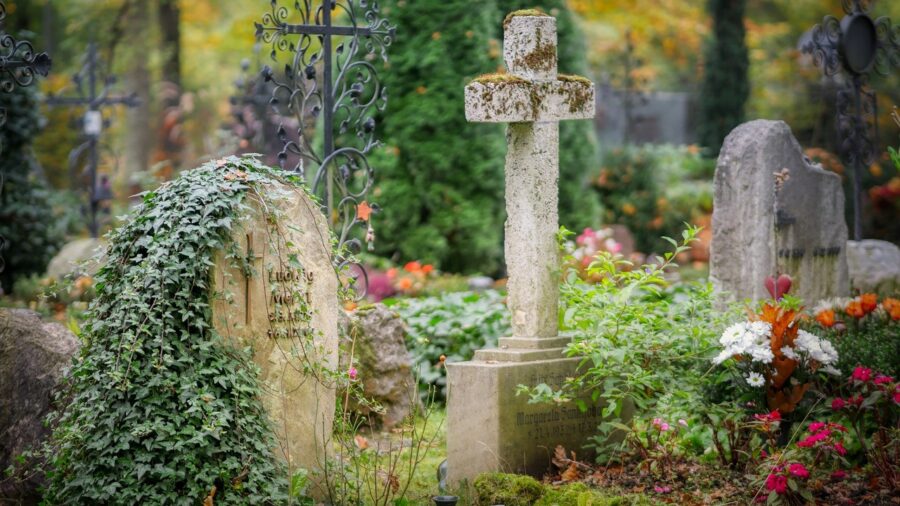AI Is Planning To Bring Back More Actors From The Dead

It used to be that, when an actor died, they stopped appearing in movies. Studios would find new stars — often ones that resonated better with younger generations. Now, thanks to the power of AI, we can become permanently stuck in the past by resurrecting the corpses of actors — and an in-depth BBC article takes a look at how Hollywood plans to continue beating each (literally) dead horse until the money stops flowing.
Resurrecting dead celebrities isn’t entirely a recent phenomenon, however — it was practiced long before AI could even come close to mimicking an actor.
The article explores the accelerating trend of bringing back deceased actors to appear in films — a trend that’s becoming easier to accomplish as AI gets more and more advanced. Not only can deepfakes be used to add a dead actor’s face atop a living one, but they can also emulate voices and potentially even mannerisms.

The practice has become increasingly common in modern Hollywood, a trend that was perhaps kickstarted by the choice to bring back Paul Walker for Furious 7 after he died in a car wreck in 2013. Following Walker’s appearance, Peter Cushing appeared in Rogue One, Carrie Fisher appeared in The Last Jedi, and Harold Ramis appeared in Ghostbusters Afterlife.
It’s becoming commonplace enough that some actors have simply accepted that they’ll be replaced by an AI duplicate after they die. Tom Hanks predicted that he will be appearing in films long after he dies. There was even a rumor that Bruce Willis sold his image rights to an AI company — a claim that Willis later denied.
Not only can deepfakes be used to add a dead actor’s face atop a living one, but they can also emulate voices and potentially even mannerisms.
Perhaps the most controversial use of AI to bring back an actor was the choice to bring back the long-dead James Dean for the Vietnam film Finding Jack. Actors and directors widely criticized the film for using the useful 1950s likeness for what they considered a marketing stunt. The film was eventually canceled, however, so there’s no way to know how the experiment would have played out.
AI and the Actors Strike
The rise in AI actor replacements is a major concern for many actors who are still alive. They fear that it will lead to fewer jobs in the industry as studios find digital actors to be cheaper than real, living human beings. The use of AI is one of the major sticking points in the ongoing SAG-AFTRA strike.
Resurrecting dead celebrities isn’t entirely a recent phenomenon, however — it was practiced long before AI could even come close to mimicking an actor. You could argue that the practice dates back to the late 1950s, when infamous director Ed Wood covered for Bela Lugosi’s untimely death by using a combination of archival footage and an unconvincing replacement who holds a cape over his face the whole time.
A more effective method came about after Brandon Lee was killed during the filming of The Crow, so the producers digitally transposed his face on top of a body double for scenes they hadn’t filming before his death.
Ultimately, there’s no doubt that Hollywood will eventually make the most of AI technology to keep the faces of famous actors onscreen long after they pass away. The extent to which they do so can only be guessed at — though it largely will be shaped by the results of the ongoing strike.











